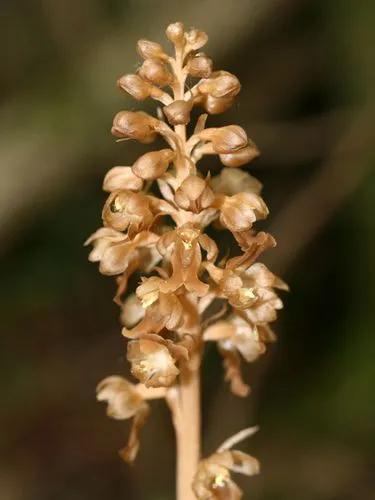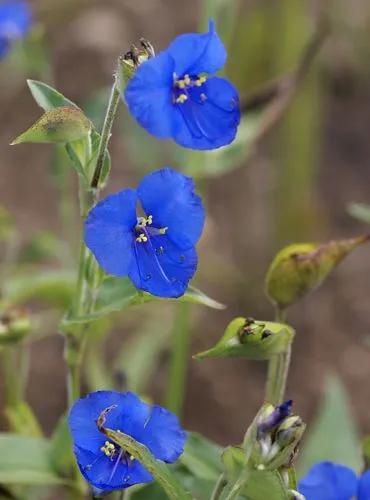Rumex obtusifolius, commonly known as bitter dock, broad-leaved dock, bluntleaf dock, dock leaf or butter dock, is a perennial plant in the family Polygonaceae. It is native to Europe, but is found on all temperate continents. It is a highly invasive species in some zones, resulting from its abundant seed dispersal, adaptability to reproduce, aggressive roots, ability to tolerate extreme climates, and hardiness.
Bitter Dock Care
Rumex obtusifolius



Rumex obtusifolius is a perennial herbaceous flowering plant that grows to a height of 40 to 150 cm (16 to 59 in). It is easily recognizable by its very large oval leaves with cordate bases and rounded tips, some of the lower leaves having red stems. The edges of the leaves are slightly "crisped" or wavy, the upper surface is hairless and the under surface may be papillose. The leaves of this plant can grow to about 30 cm (12 in) in length and 15 centimetres (5.9 in) wide. The taproot is large, with numerous branches extending to a depth of 150 centimetres (59 in), with tough stems, often reddish, and unbranched until just below the inflorescence. The junctions of the petioles with the stems are covered by a sheath formed by two fused stipules known as an ocrea, a thin, paper-like membrane - a characteristic of the family Polygonaceae. The stem leaves are alternate and are narrowly ovate–lanceolate. The inflorescence consists of large clusters of racemes which contain small greenish flowers that change to red as they mature. The perianth-segments are in two whorls of three. Segments in the outer whorl are small and spreading while the inner whorl forms fruit valves, which are widely ovately-triangular. The seeds produced are dry and reddish brown. This plant blooms June through September. Rumex crispus - curly dock - is similar in appearance, but with thinner and wave-like leaves. In more detail, the calyx of curly dock has smooth margins while the calyx of broad-leaved dock has horned margins.
This plant is useful.
How to get rid of: Docks as a group are quite difficult to kill. They have a moderate tolerance of most herbicides, and glyphosate needs to be applied at a fairly high rate when controlling docks in waste areas or when spraying out pastures during seed-bed preparation. A common recommendation now when spraying out pastures is to add thifensulfuron (eg Harmony) to the glyphosate to give better control of the docks without needing to apply such high rates of glyphosate. Glyphosate is recommended not to be applied while the plant has a seed-head. For selective control of docks in pastures, the hormone herbicides such as 2,4-D and MCPA are ineffective at controlling established plants. For many years, the standard recommendation in pastures has been to apply asulam (Asulox or Dockstar). Recently, another treatment has become available, namely thifensulfuron (eg Harmony), which tends to be cheaper than asulam. Both herbicides should be applied in spring while docks are actively growing but before seed-head formation has begun. Both of them will cause temporary suppression of pasture growth after application due to a severe check of clover growth, and both may require a follow-up application for well-established dock plants. Another possibility is to spot-spray in pastures with aminopyralid (T-Max). If pastures have bad dock problems, it might be best to spray them out with a glyphosate/thifensulfuron mix, resow the pasture then treat new seedlings of docks with a flumetsulam/bentazone mix (Dynamo) while small, though other options in new pastures are an MCPB/bentazone mix (eg Pulsar, PastureGuard Elite, Quasar) or 2,4-DB. In turf, a triclopyr/picloram mix (eg Victory Gold) will give good control. In orchards, either use asulam to spot-spray docks, or add fluroxypyr (eg Solstar) or saflufenacil (Sharpen) to glyphosate to improve the control by the glyphosate.
How to Care for the Plant

Popularity

1,306 people already have this plant 281 people have added this plant to their wishlists
Discover more plants with the list below
Popular articles






